| Skills of the child | Age | |||||
| 10m. | 1g.3m. | 1g.6m. | 1g.9m. | 2g. | 2g.6m. | 3g. |
| Physical abilities | ||||||
| Running abilities: | ||||||
| - running uncertainly | ||||||
| - running well | ||||||
| - switching to running or walking at the request of | ||||||
| - can change the running tempo, direction on the move | ||||||
| Walking possibilities: | ||||||
| - walks | ||||||
| - ascends several steps | ||||||
| -climbs the step ladder with alternating legs, descends with the foot | ||||||
| - walks along the narrow surface without stumbling | ||||||
| - knows how to keep the balance | ||||||
| Work with the ball: | ||||||
| - can roll or throw the ball | ||||||
| - pushes the ball into the designated gap( gate) | ||||||
| - throws the ball with both hands up or down | ||||||
| - throws the ball, trying to hit the target no higher than its height | ||||||
| - tries to catch the ball with both hands | ||||||
| - deftly throws the ball | ||||||
| Speech function | ||||||
| Understands the words: | ||||||
| - understands common simple words | ||||||
| - understands words describing the environment | ||||||
| - shows parts of the linden with the parents question | ||||||
| - understands small stories. Answering the questions: "Who?", "What?", "Where?" | ||||||
| - understands the story of an adult in which there are no events that the child experienced | ||||||
| Own speech: | ||||||
| - produces simple sounds | ||||||
| - builds a simple syllable( ma-ma, | ||||||
| - accompanies games with the words | ||||||
| - builds sentences of three words | ||||||
| - builds sentences of four words and more | ||||||
| - asks "Where?", "Where?", "How?" | ||||||
| - builds complex sentences | ||||||
| - knowsabout 1500 different words | ||||||
| Self-sufficiency | ||||||
| - he uses thick food | ||||||
| - he uses himselffucks semi-liquid food with a spoon | ||||||
| - asks for a toilet | ||||||
| - tries to fix untidiness in clothes | ||||||
| - can shoot some things | ||||||
| - uses a handkerchief | ||||||
| - puts on but does not fasten buttons | ||||||
| - helps make simple household items | ||||||
| - fully dresses himself | ||||||
| - cancombing hair | ||||||
| Social orientation | ||||||
| - Shows bright emotions for parents | ||||||
| - Adopts the feelings of other children( if everyone laughs, too) | ||||||
| - Shows different emotions with slow and fast music | ||||||
| - studies pictures | ||||||
| - with music repeats familiar movements | ||||||
| - mimics the emotions of adults | ||||||
| - emotional speech appears in the games | ||||||
| - sympathizes if the baby cries next to | ||||||
| - highlights its emotional state | ||||||
| - wantsbe good, proud of parents | ||||||
| - going through when parents leave | ||||||
| - first signs of independence appear | ||||||
| Interaction with surrounding objects | ||||||
| - puts rings on rod | ||||||
| - draws a pencil on paper | ||||||
| - plays with dice, builds turrets | ||||||
| - can dress large beads on a rope | ||||||
| - builds from blocks simple structures | ||||||
| - draws horizontal and vertical lines | ||||||
| - successfully assembles a matryoshka | ||||||
| - builds from blocks high towers | ||||||
| -kneads in the palm of plasticine | ||||||
| - makes simple applications |
Neuropsychic development of children at different ages. What should a child be able to do in the process of development?
Contents
- Diagnosis of neurodevelopment
- Neurodevelopmental map
- Criteria of neurodevelopment
- Neuropsychological development table
- Evaluation of neurodevelopmental development
- Neuropsychological development of children up to the year
- Neuropsychological development of children 1 and 2 years old
- Neuropsychological development of the child 3 and 4 years old
- Neuropsychological development of children 5 and 6 years old
- Neuropsychic development of adolescents
- Video: Neuropsychicand physical development of the child's first year of life
The task of parents is to help the timely development of the child. Education includes not only the introduction of educational games, but also diagnosis. This makes it clear what goals have been achieved, and what else needs to be worked on.
Diagnosis of neurodevelopmental development
At school age, the diagnosis is conducted by teachers. A small child develops in the environment of parents, so they should be engaged in diagnosing development. It is important to analyze the results of the test impartially and to highlight successes or delays.
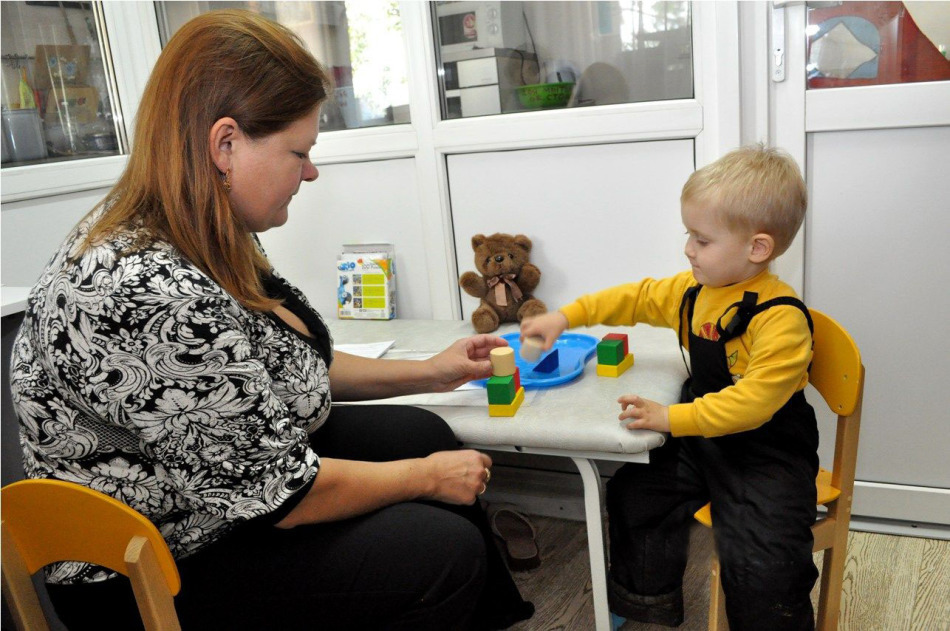
All diagnostic systems are reduced to normal communication. During the conversation, adults ask leading questions to get an answer. In some cases, the answer may be extraordinary, it needs to be considered before making a decision.
In the process of communication, it is important that the child feels naturally and at ease. On this depends the accuracy and correctness of his answers. A sincere reaction to the questions gives the most accurate results of the diagnosis.
Neurodevelopmental map
For systematization of neuropsychological development, all diagnostic data should be entered on the map. All that the child knows how, fix with the sign "+", inaccessible skills are marked with the help of the sign "-".Dark cells indicate that at this age the skill is not yet available.
Criteria of neurodevelopment
The definition of developmental level is considered in a complex way considering the important criteria:
- physical abilities
- speech function
- autonomy
- social orientation
- interaction with surrounding objects
Neuropsychic development table
The general development of the child is to acquire certain skills for the correspondingage. If the development map considers deeper each skill, then the presented table is a reminder that the child should be able to at a certain age.
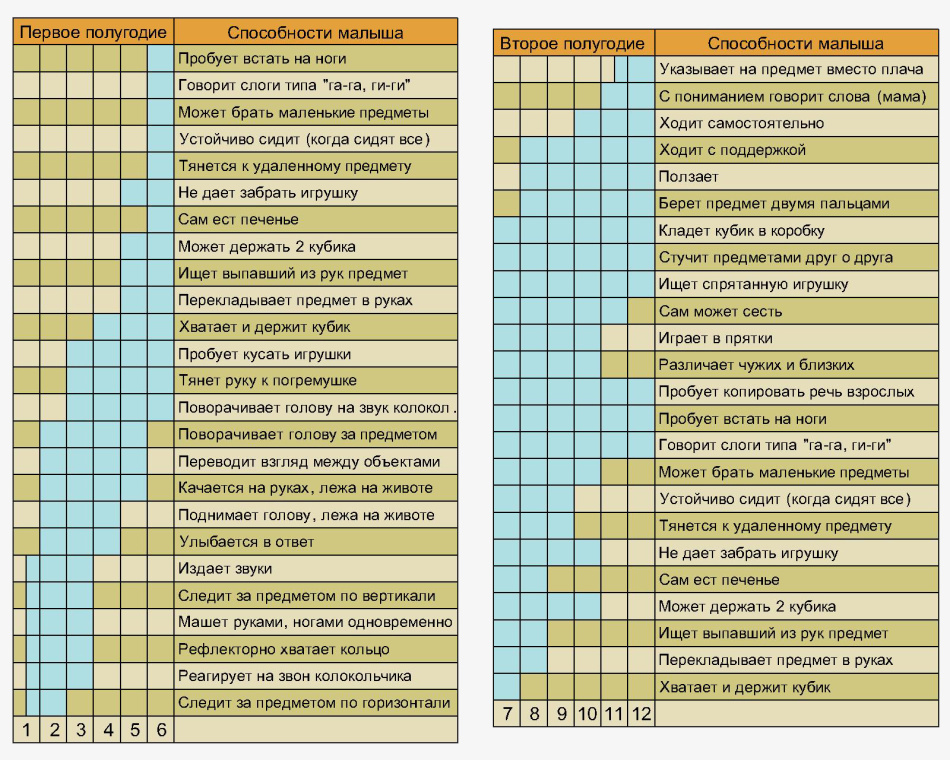
Evaluation of the neurodevelopmental development of
The results of child development are subject to evaluation by adults. In this case, four stages are distinguished, which form the human psyche.
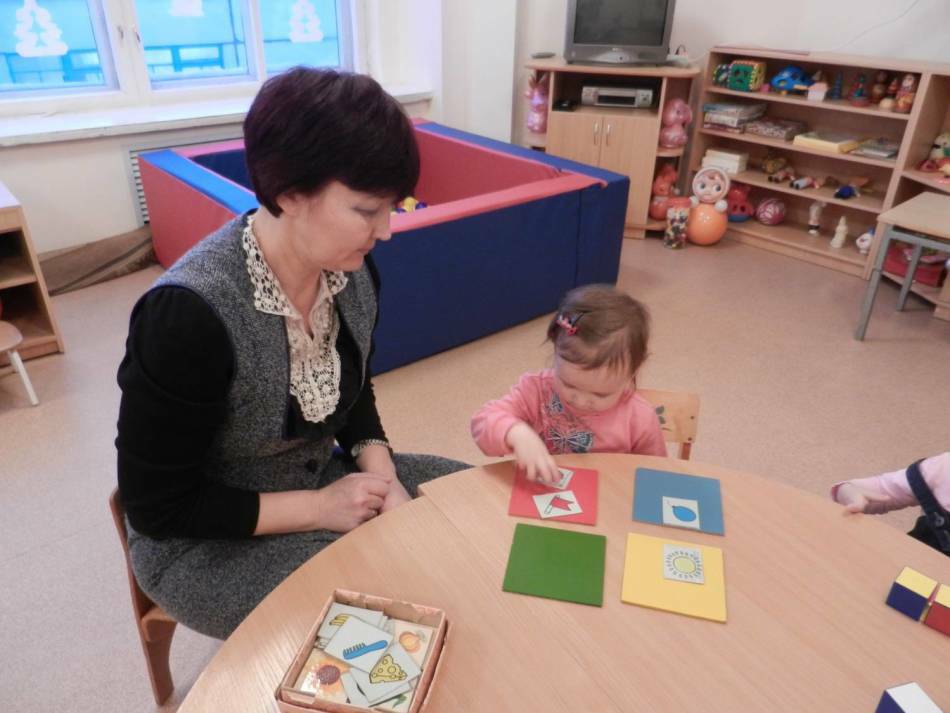
- The first stage - during the first year of life the child receives basic movement skills. The period is characterized by mastery of small and large motor skills
- The second stage - at the age of one to three years, the child learns to react consciously to the outside world, interacting with the surrounding environment. The period is characterized by sensory development of
- . The third stage is the longest stage( from 3 to 12 years).There is development of individual thinking. Increasingly, the actions are carried out after preliminary consideration of the
- . The fourth stage is from 12 to 14 years. At this time, there is a full-fledged development of the child's psyche. Own thinking is allocated. The period is characterized by a full-fledged formation of the individual personality of
- . Before the age of 15, the child is marked by two crisis years, which require special attention and approach from the parents. The first crisis can occur in 2 - 3.5 years, the second in the period from 12 to 15 years
- The first crisis is associated with the rapid formation of the psyche and physical data, which leads to a load on all life support bodies. The second age is associated with changes in the internal glands, puberty
Neuropsychic development of children up to the year
During the first year the child gradually forms his consciousness. The beginning of development occurs with the retention of the moving object in the field of view. Then he begins to listen to loud sounds, to distinguish the voices of his parents.

- In two months he himself pronounces some sounds. Then the physical development begins, the child can lift his head, lying on his stomach, hold it for a long time.
- . In four months, the child often has a manifestation of joy when he sees his mother and father. Then begins to distinguish family and friends from strangers
- Semiannual age requires little motor skills, holding the toy in his hand, shifting it. Then the motor function develops, the child starts actively crawling
- After starting to imitate parents, loves to play for a long time. About nine months can begin to walk uncertainly, learn things around. Over time, learn to overcome small obstacles, climb a sofa or an armchair.
- Closer to the year he finds out his parents on photos, looks at all the new
with interest. Nervous - mental development of the child 1 and 2 years old
At this age, the kid successfully masters all forms of movement, from crawling on his knees to skilful walking on his feet. The development test includes the ability to step over small objects placed on the floor. In this case, the step should alternate both the right and left legs, and not start with any one.
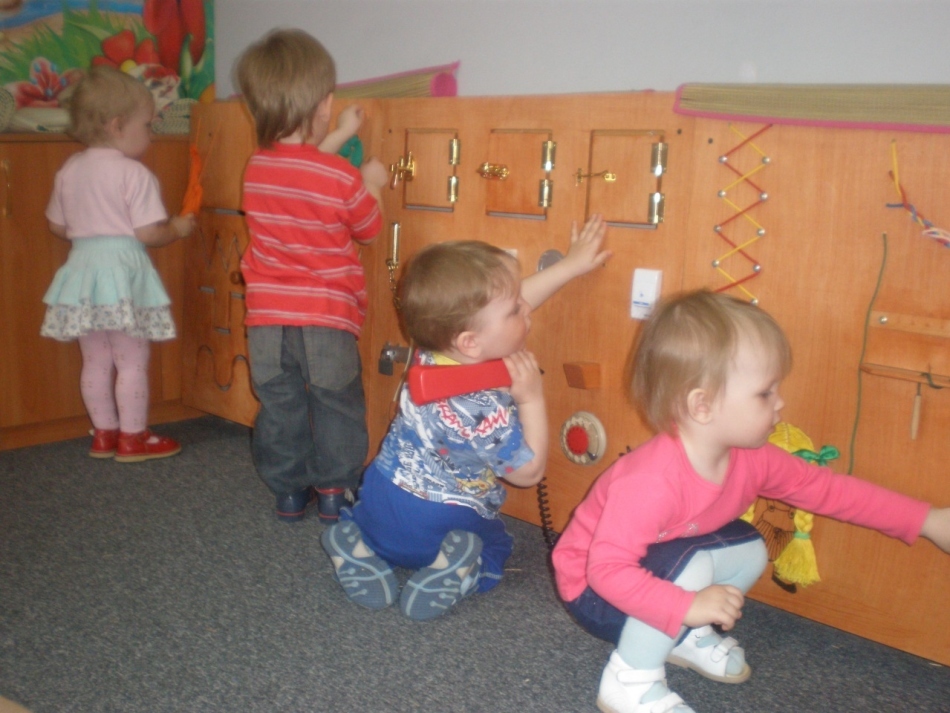
In reality, the child performs much more active activities. Climbing everything that is located is not much higher than him. It can be both a small ottoman and a large washing machine.
Neuropsychic development of young children is characterized by the ability to memorize words, to form a good vocabulary, approximately 200-300 words. The child can memorize a poem by heart or retell an excerpt from a short story. Neuropsychic mental development involves a huge absorption of information. Children can hear any phrase and repeat it in a few days.
Neuropsychiatric development of a child 3 and 4 years old
All acquired skills are enhanced. Several new ones are added. The child can eat independently, the ability to serve himself is more evident. Washes his hands with soap, can insert a key into the door lock and scroll it.
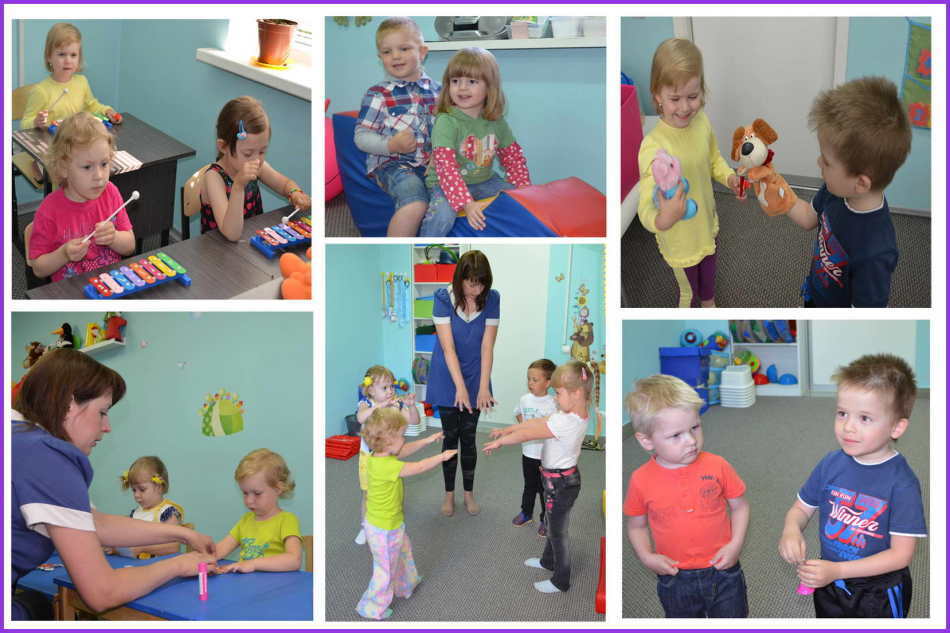
Mentally develops mental state. He makes simple conclusions, learns to analyze everything around. Often can pre-think about their actions or plans. At this time should be able to communicate well and articulate.
Closer to the age of four, more is trying to be independent. He can go to the toilet himself, when necessary, dress and shoe. Mental development is the ability to focus on the goal, control some of their actions and desires. Highlights the area of your favorite pursuits.
Neuropsychiatric development of children 5 and 6 years old
This period characterizes the child as a thinking person. Before starting any game, participates in the distribution of roles, plans what will be and how it will look.
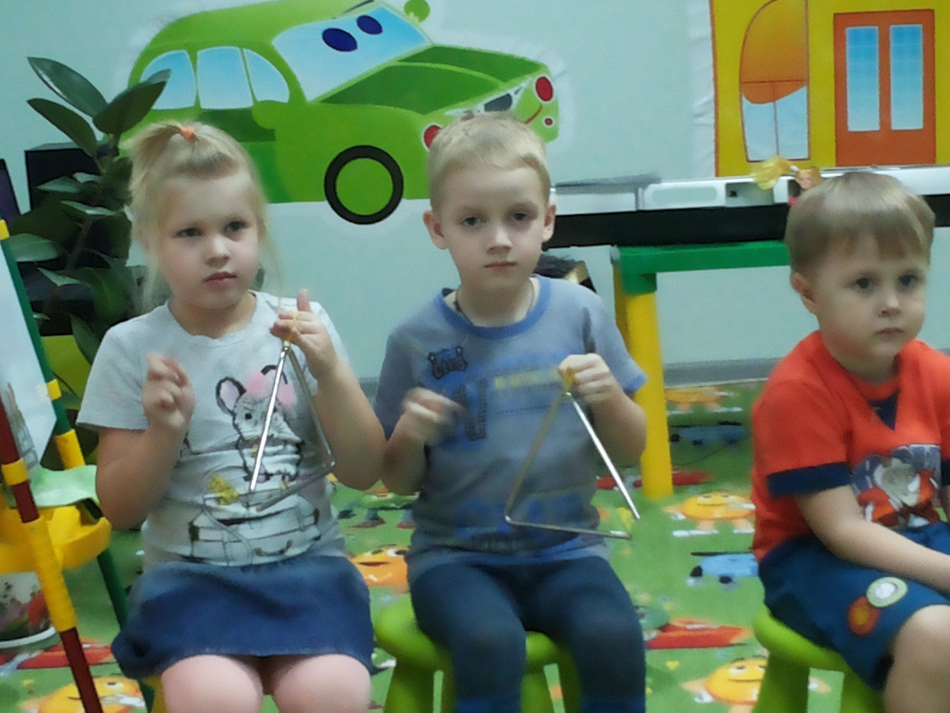
- During drawing, he pays more attention to detail, drawing in detail some elements. Images become more complex and have a logical meaning.
- Being in the kindergarten develops the ability to communicate with peers and older people. He learns to be part of the team, to interact with all the surrounding people. During this period, personal sympathy appears, the child singles out friends among all the guys who are in the
- group. The neuropsychological development of the preschool child is the ability to control one's actions, perform the given work even if she does not like it. Can competently conduct a dialogue, make coherent proposals, filled with a specific meaning
Neuropsychic development of adolescents
Adolescents are not yet adults, but they can not be called children either. This period is often called adolescent and critical, when a person develops his puberty, the construction of the internal glands changes. The boys appear vegetation on the face, the voice breaks. Girls have their first menstruation, the shape of the hands changes, the buttocks are rounded, the mammary glands are enlarged.
From the psychological side, adolescents increasingly behave like adults. But sometimes they show their children's character. There are first signs of independence from parents, which can be expressed in different forms, sometimes unpleasant for parents.

- During this period, adolescents are sufficiently vulnerable, they are still comprehending life laws, so most often there is such a thing as "teenage maximalism".Thinking in which the norms of morality or ideals are clearly overstated. There is a formation of personality, the formation of the psyche
- At this age, the first sexual attraction arises, adolescents pay more attention to their appearance. Physical development is especially rapid. Children with small growth at this time can significantly add and stretch
- The last time there is a process of acceleration - the rapid growth and puberty of children. At the same time, mental development remains at the same level. Therefore, teenagers need to be closely monitored and adequately responsive to their behavior, helping to strengthen and solidify the personality of
